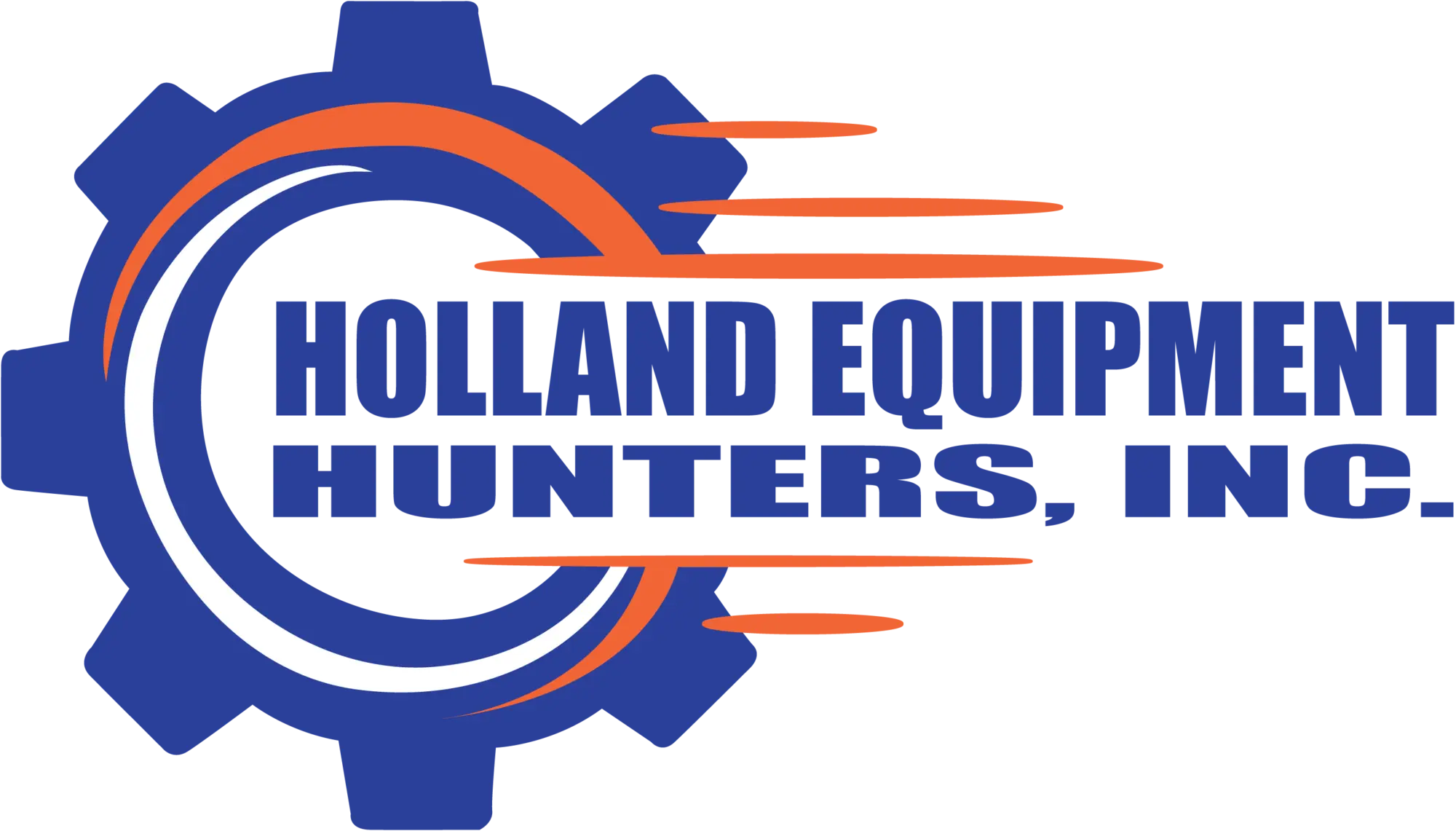By: Shane, MachineMFG.com
At present, with the increasing automation and intelligence of the manufacturing industry, the rapid development of industrial robots, the application of industrial robots in the field of processing and manufacturing is more and more mature.
Of course, applications are not only these 16 items.
As far as the mind goes, so does the applications~~~
Arc welding
Arc welding robots mainly have two types: melting electrode welding operations and non-melting electrode welding operations, which have the characteristics of long-term welding operations, high productivity, high quality and high stability of welding operations.
Spot welding
The spot welding robot performs spot welding according to the actions, sequences and parameters specified in the instructional program, and the process is fully automated and has an interface to communicate with external devices.
This interface allows you to receive control commands from a higher-level master and management computer to work.
Laser welding
Laser welding is characterized by minimal deformation of the welded work piece, almost no joint gap, and a high weld depth/width ratio, resulting in higher weld quality than conventional welding methods.
Laser cutting
Robotic laser cutting systems are characterized on the one hand by industrial robots: The ability to freely and flexibly implement a variety of complex 3D curve processing trajectories. On the other hand, the use of flexible, long-distance transmission laser fiber as a transmission medium does not limit the robot’s path of motion.
Loading and unloading of the machine
The robotic loading and unloading systems are highly efficient, stable, simple and easy to maintain, and can be used for a wide range of products. For the user, it is possible to quickly adjust the product structure and expand the production capacity, and greatly reduce the labor intensity of industrial workers.
Forging
The forging robot is automatically controlled by an advanced computer and program, which can completely replace manual labor to complete the highly dangerous, simple, repetitive and labor-intensive work of continuous loading, turning and unloading in the forging production process. At the same time, it can effectively reduce the labor intensity and danger, improve the degree of production automation and improve production efficiency.
Deburring
The deburring robot is a combination of mechanical and precision machinery, microelectronics and computers, automatic control and drive, sensors and information processing, and artificial intelligence, it’s the latest research results of multiple disciplines.
Stamping
Stamping robots are used in manipulator improve the automation of material transfer, work piece loading and unloading, tool change and machine assembly, thereby increasing labor productivity, reducing production costs and accelerating the pace of industrial production mechanization and automation.
Glue
The efficiency of gluing and dispensing has been greatly improved by the use of robots, which saves a lot of manpower and reduces labor costs significantly. The cost invested will be recovered after a year of operation, while the robot will run for at least ten years under normal maintenance.
With the rise of high-volume fully automated gluing lines, gluing systems will have a broader market outlook and development potential!
Assembling
Assembly robots are the core equipment of a flexible automated assembly system, consisting of a robot operator, controller, end-effector and sensing system. Among them, the structure types of the operators are horizontal joint type, right angle coordinate type, multi-joint type and cylindrical coordinate type, etc.
Controllers generally use multi-CPU or multi-stage computer systems to achieve motion control and motion programming. The end-actuators are designed to accommodate different assembly objects, such as paws and wrists.
The sensing system is used to obtain information about the interaction between the assembly robot, the environment and the assembly object.
Robots’ vision
Robotic vision is one of the most important parts of what makes up a robotic system. Robotic vision can acquire two-dimensional images of the environment through vision sensors, which are analyzed and interpreted by vision processors, which in turn are translated into symbols that allow the robot to recognize objects and determine their location.
Spraying
Spraying robots, also known as spray painting robots, are industrial robots that can automatically spray paint or apply other coatings.
The main advantages of the spray painting robots are:
(1) Great flexibility and scope of work.
(2) Improve spray quality and material usage.
(3) Easy to operate and maintain, is programmable offline, significantly reducing field commissioning time.
(4) The equipment utilization rate is high, and the utilization rate of spraying robots can be 90%-95%.
Sorting
A sorting robot is a robot equipped with sensors, objective mirrors and electron optics systems that can quickly sort goods.
Automatic sorting robots are now widely used.
Japan has developed an automatic apple dispenser with a selection of 540 apples per minute, sorted according to color, shine and size, and fed into different containers.

